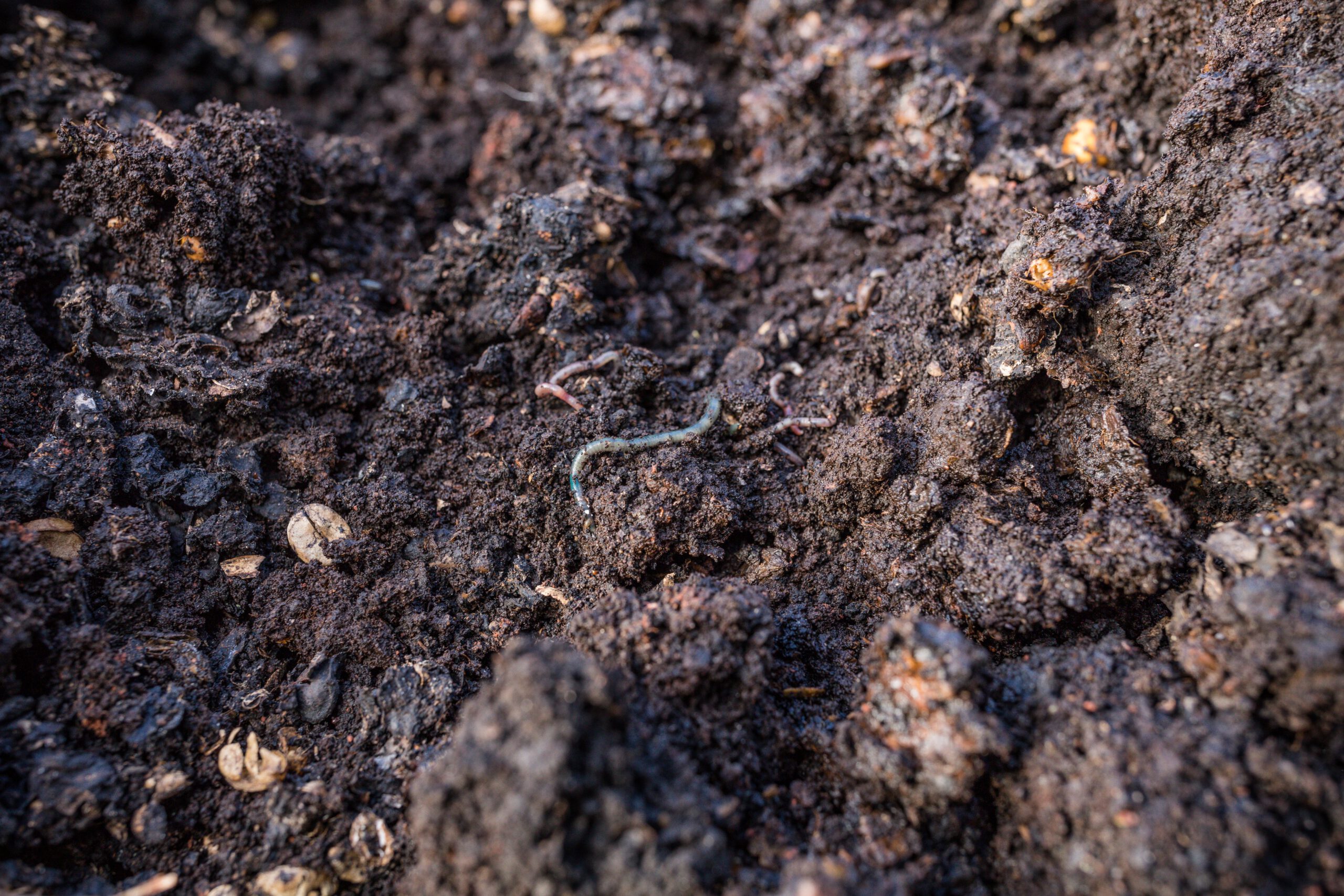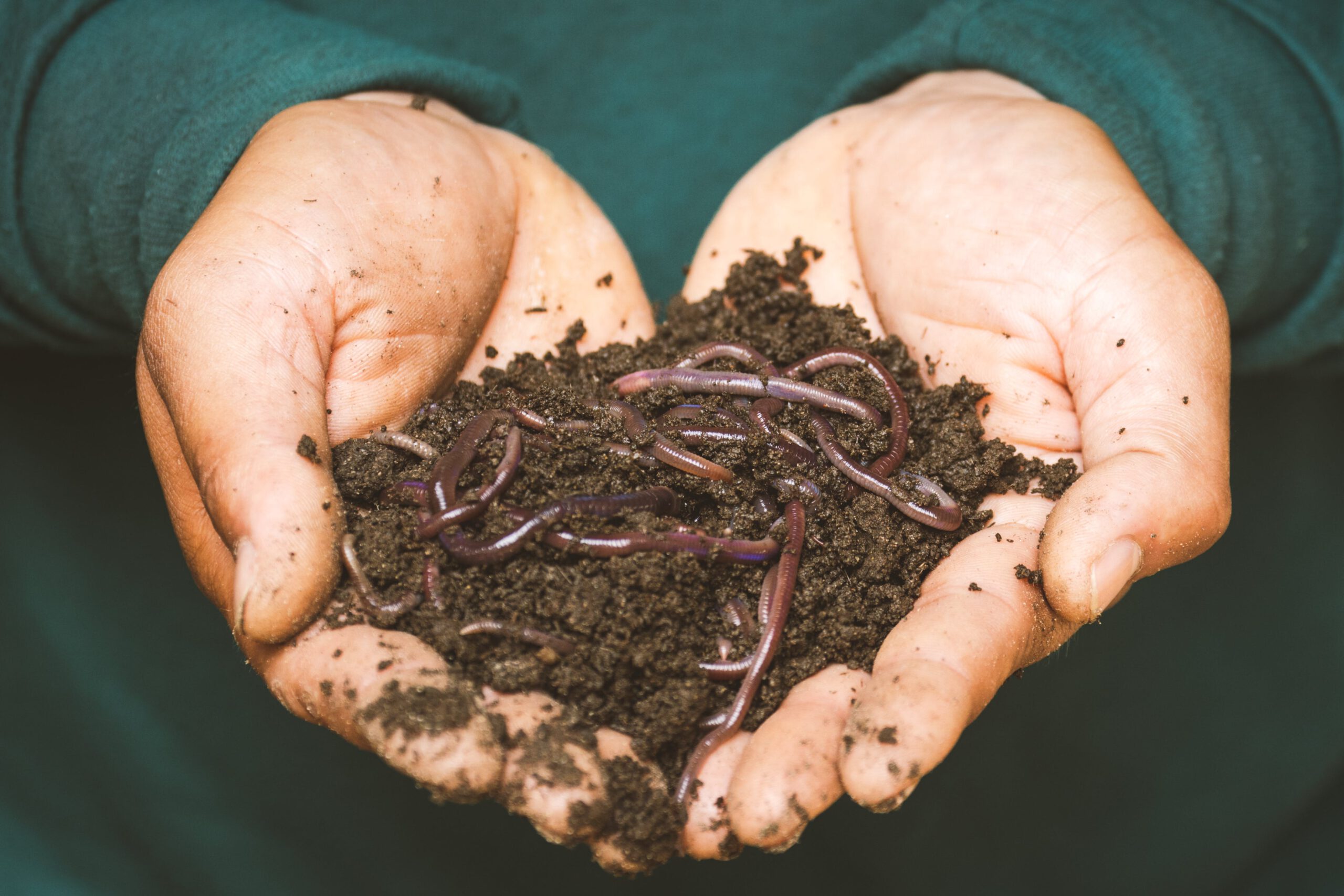Soil is far from being just a lifeless medium; it is teeming with life, characterized by a complex network of interactions between countless organisms. Soil biodiversity, a term that is slowly gaining more publicity, plays a crucial role in maintaining the health of our planet. The intricate world of soil biodiversity is populated by tiny as well as bigger creatures, from bacteria and fungi to insects, earthworms, and even small mammals. In a healthy ecosystem, they all work together in harmony, creating a thriving underground environment.

Soils are a key reservoir of global biodiversity, which ranges from micro-organisms to flora and fauna. This biodiversity has a fundamental role in supporting soil functions and therefore ecosystem goods and services associated with soils. Therefore it is necessary to maintain soil biodiversity to safeguard these functions.
FAO, ITPS, GSBI, SCBD, and EC. 2020. “State of knowledge of soil biodiversity – Status, challenges and potentialities”, Report 2020. Rome, FAO. https://doi.org/10.4060/cb1928en
The resulting food web is more than ecologically interesting and scientifically fascinating. It has a direct impact on the carbon cycle, helping regulate the amount of carbon stored in the soil. Soil biodiversity is indeed the engine behind several essential ecosystem services and plays a vital role in the effective sequestration of carbon in soil. Soil organisms break down dead plants and animals, recycling nutrients and making them available for plant growth, including vital minerals such as nitrogen and phosphorus. Furthermore, microorganisms produce polysaccharide glues that shape soil structure and form aggregates. Fungal networks, resembling underground highways, bind mineral and organic particles together, creating macro-aggregates. Larger soil fauna, such as earthworms, act as “engineers”, moving or ingesting soil, creating mounds, casts, and burrows, which enhance soil aeration and water infiltration. These actions combined lead to healthier soils, better suited for plant growth. Finally, some soil organisms can naturally control pests and diseases, reducing the need for chemical pesticides, or break down harmful toxins, contributing to cleaning the environment.
Measuring and monitoring soil biological activity and biodiversity is vital for maintaining soil health. Some key indicators include microbial and fungal biomass, fungal-bacterial ratios, CO2 respiration and tests for microbial activity. Healthy soils have larger microbial populations, higher fungal-to-bacterial ratios, and increased enzyme production. They also boast a high organic matter content, which improves fertility, water retention, and nutrient availability. Connecting various measures of soil biological composition and function requires integrating data and understanding the broader context.
In conclusion, soil biodiversity might be hidden from view, but it’s an essential player in maintaining our environment’s health. From recycling nutrients to supporting plant growth and controlling pests, soil organisms are the unsung heroes of our planet. A thriving soil community can make a huge difference in both the accumulation and permanence of soil organic carbon stocks. At CinSOIL, we are working on making soil biodiversity measurements accessible and understandable, to ensure that data can be turned into insights that can immediately support improving soil health with added ecosystem benefits.



[…] by soil macro- and microfauna and become humus, a dark and nutrient-rich form of organic matter. Microorganisms in the soil, such as bacteria and fungi, play a vital role in breaking down organic matter and recycling […]